WARDHA, India: The use of botulinum toxin (BT), commonly referred to as Botox, is gaining traction in the dental field, offering both therapeutic and cosmetic benefits. Although initially known for its cosmetic applications, BT has evolved into a versatile tool in dentistry, addressing a range of oral health issues. A recent study from India has reviewed its current applications, and its findings reflect a broader trend towards holistic patient care.
Current applications in dentistry
BT is primarily known for cosmetic treatments such as facial and jawline contouring as well as wrinkle reduction, but the drug is now also commonly used in dental care to treat a number of oral conditions. The study from India highlighted a notable increase in BT treatments among dental professionals.
For example, the authors highlighted that BT is used to treat bruxism and temporomandibular disorder (TMD) by relaxing the masseter muscles, reducing clenching and grinding and leading to significant improvements in pain relief and jaw function. For bruxism and TMD patients who have not responded well to typical therapeutic alternatives, BT injections can provide a minimally invasive therapy that helps suppress soft-tissue activation, lessen muscle tonicity and significantly diminish the severity of symptoms.
Moreover, the authors reported that BT can support favourable outcomes for dental implants for this same reason. A primary cause of implant failure is the lack of osseointegration, sometimes resulting from strong masticatory forces in patients with abnormal masticatory habits.
BT injections also have application in surgery for oral and maxillofacial fractures, alleviating tension in hyperactive muscles of the periodontal apparatus during periodontal procedures. Additionally, the authors noted that intraoperative BT injections reduce muscular activity, lowering tension and promoting better healing at the surgical site.
The study also reported the use of BT to reduce the appearance of excessive gingival display by relaxing the upper lip muscles and to address a number of conditions involving the salivary glands and trismus.
“In situations where the patient is unresponsive to, or in conjunction with, less intrusive therapy methods, BT has unquestionably been demonstrated to offer substantial utility in the care of the patient,” the researchers concluded. “However, the dentist in practice must make sure that the procedure falls within his or her area of expertise and that he or she is qualified to handle any possible side effects, in addition to administering it,” they cautioned.
Market trends
According to iData Research, the global market for BT A, the most commonly used type of BT for medical and cosmetic treatments, was valued at nearly US$6.6 billion (€6.1 billion)* in 2022. It is projected to grow at a compound annual growth rate of 6.5%, reaching approximately US$10.2 billion by 2029. This growth is mainly being driven by the increasing popularity and acceptance of minimally invasive cosmetic procedures, such as injectable fillers.
Guidelines and regulations
The legal framework for BT treatments varies worldwide, influenced by regional regulations and professional guidelines. In the US, state dental boards regulate use, and requirements differ significantly from one state to another. In Texas, for example, only oral and maxillofacial surgeons are allowed to employ BT for both therapeutic and cosmetic use. In California, the use of BT by general dentists is limited to dental treatment purposes only. Only oral surgeons who hold an elective facial cosmetic surgery permit can provide these services solely for cosmetic purposes. According to the American Academy of Facial Esthetics, approximately 7% to 8% of dentists in North America are currently providing BT treatment to patients for cosmetic reasons, and this number is steadily increasing.
In many European countries, the administration of BT by general dentists is permitted, provided they meet stringent training and regulatory requirements. In Germany, dentists are authorised to perform only treatments that fall within the scope of dentistry. Specifically, this means that dentists may administer treatments with BT only if they do not extend beyond the vermilion border of the lips. Similar regulations are in place in Australia, for example.
As BT treatments become increasingly integrated into dental practice, understanding the legal and practical aspects is crucial for practitioners. With its broad therapeutic and cosmetic applications, BT offers a valuable addition to dental care, promoting a holistic approach to patient well-being.
The study, titled “Botox: Current and emerging trends for dental practitioners in esthetic dentistry”, was published online on 8 July 2024 in Cureus.
Editorial note:
* Calculated on the OANDA platform on 29 March 2023.
Topics:
Tags:
LONDON, UK: A steady rise in the popularity of non-surgical cosmetic procedures such as injections of dermal fillers and botulinum toxin has resulted in UK ...
MARINGÁ, Brazil: Lips come in many shapes and sizes, but fuller lips are often seen as a physical representation of youth and beauty. To that end, ...
LONDON, UK: After a year-long inquiry, the All-Party Parliamentary Group on Beauty, Aesthetics and Wellbeing (APPG) has released a report on the regulatory ...
HOUSTON, U.S.: A new pilot study has suggested that botulinum toxin might be a feasible way to treat people suffering from bruxism. In the double-blind ...
Live webinar
Mon. 12 January 2026
9:00 am EST (New York)
Prof. Judith Jones D.D.S; M.P.H., Prof. Kakuhiro Fukai D.D.S., Ph.D, Dr. Bathsheba (Bethy) Turton
Live webinar
Wed. 14 January 2026
12:00 pm EST (New York)
Dr. Théo Laplane, Dr. Robert Gottlander DDS
Live webinar
Fri. 16 January 2026
12:00 pm EST (New York)
Live webinar
Mon. 19 January 2026
1:00 pm EST (New York)
Philipp Kopp, Michael Seeber
Live webinar
Thu. 22 January 2026
2:00 pm EST (New York)
Dr. Nicola M. Grande DDS, PhD
Live webinar
Wed. 28 January 2026
8:00 am EST (New York)
Live webinar
Wed. 28 January 2026
11:00 am EST (New York)
Prof. Dr. Jan-Frederik Güth



 Austria / Österreich
Austria / Österreich
 Bosnia and Herzegovina / Босна и Херцеговина
Bosnia and Herzegovina / Босна и Херцеговина
 Bulgaria / България
Bulgaria / България
 Croatia / Hrvatska
Croatia / Hrvatska
 Czech Republic & Slovakia / Česká republika & Slovensko
Czech Republic & Slovakia / Česká republika & Slovensko
 France / France
France / France
 Germany / Deutschland
Germany / Deutschland
 Greece / ΕΛΛΑΔΑ
Greece / ΕΛΛΑΔΑ
 Hungary / Hungary
Hungary / Hungary
 Italy / Italia
Italy / Italia
 Netherlands / Nederland
Netherlands / Nederland
 Nordic / Nordic
Nordic / Nordic
 Poland / Polska
Poland / Polska
 Portugal / Portugal
Portugal / Portugal
 Romania & Moldova / România & Moldova
Romania & Moldova / România & Moldova
 Slovenia / Slovenija
Slovenia / Slovenija
 Serbia & Montenegro / Србија и Црна Гора
Serbia & Montenegro / Србија и Црна Гора
 Spain / España
Spain / España
 Switzerland / Schweiz
Switzerland / Schweiz
 Turkey / Türkiye
Turkey / Türkiye
 UK & Ireland / UK & Ireland
UK & Ireland / UK & Ireland
 Brazil / Brasil
Brazil / Brasil
 Canada / Canada
Canada / Canada
 Latin America / Latinoamérica
Latin America / Latinoamérica
 USA / USA
USA / USA
 China / 中国
China / 中国
 India / भारत गणराज्य
India / भारत गणराज्य
 Pakistan / Pākistān
Pakistan / Pākistān
 Vietnam / Việt Nam
Vietnam / Việt Nam
 ASEAN / ASEAN
ASEAN / ASEAN
 Israel / מְדִינַת יִשְׂרָאֵל
Israel / מְדִינַת יִשְׂרָאֵל
 Algeria, Morocco & Tunisia / الجزائر والمغرب وتونس
Algeria, Morocco & Tunisia / الجزائر والمغرب وتونس
 Middle East / Middle East
Middle East / Middle East
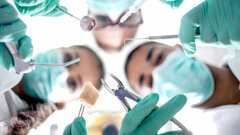


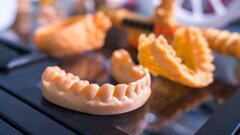
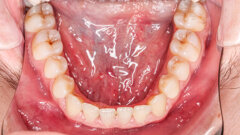



















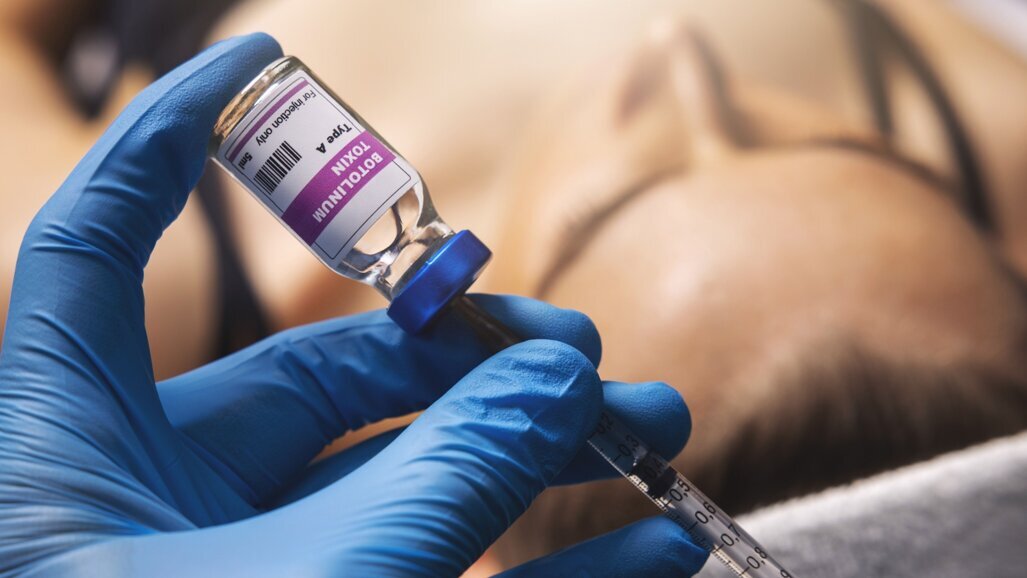



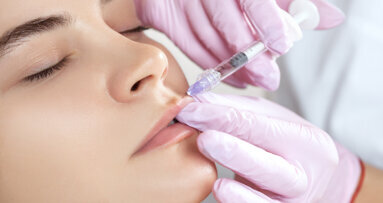
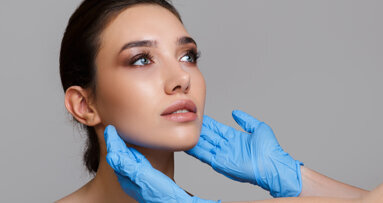
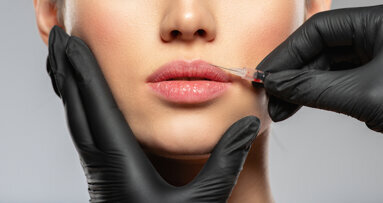
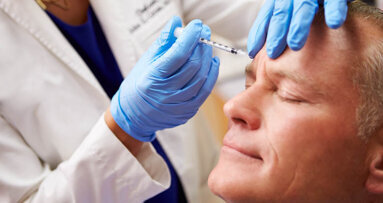










To post a reply please login or register